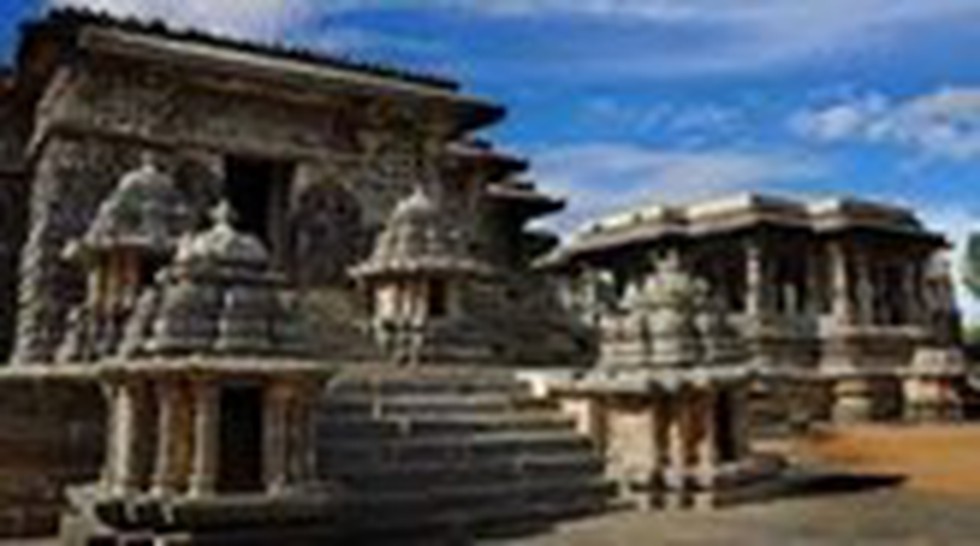About Sacred Ensembles of the Hoysala
- The Sacred Ensembles of the Hoysalas consist of a collection of Hoysala temples.
- These were built in the 12th-13th centuries and are represented here by the three components of Belur, Halebid, and Somnathapura.
- The three temples include;
- The Chennakeshava temple: It is the main temple in the complex at Belur (Hassan district), located at the centre of the traditional settlement, which is surrounded by the remnants of a mud fort and a moat.
- The Hoysaleswara Temple: It is on the banks of the Dwarasamudra tank in Halebidu (Hassan district), a town which has many protected and unprotected temples, archaeological ruins, and mounds.
- The Keshava Temple: It is at the centre of Somanathapura village (Mysore district).
- These are primarily dedicated to Hindu deities like Shiva and Vishnu, with some also devoted to the Jain faith.
- The Hoysala temples have a basic Dravidian morphology but show strong influences of the Bhumija mode widely used in Central India, the Nagara traditions of northern and western India, and the Karntata-Dravida modes favoured by the Kalyani Chalukyas.
- Features of the architecture:
- The Hoysala architects considered and informed eclectic selections of features from other temple typologies, which they further modified and then complemented with their own particular innovations.
- The Hoysala style was created through a careful selection of contemporary temple features and those from the past to create a different identity from neighbouring kingdoms.
- The shrines are characterised by hyper-real sculptures and stone carvings that cover the entire architectural surface, a circumambulatory platform, a large-scale sculptural gallery, a multi-tiered frieze, and sculptures of the Sala legend.
